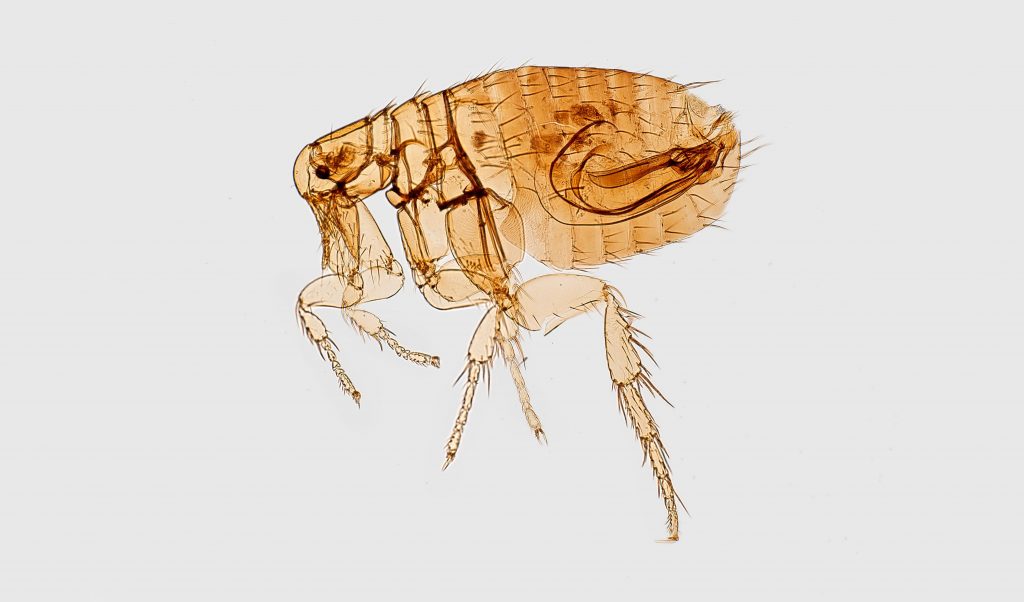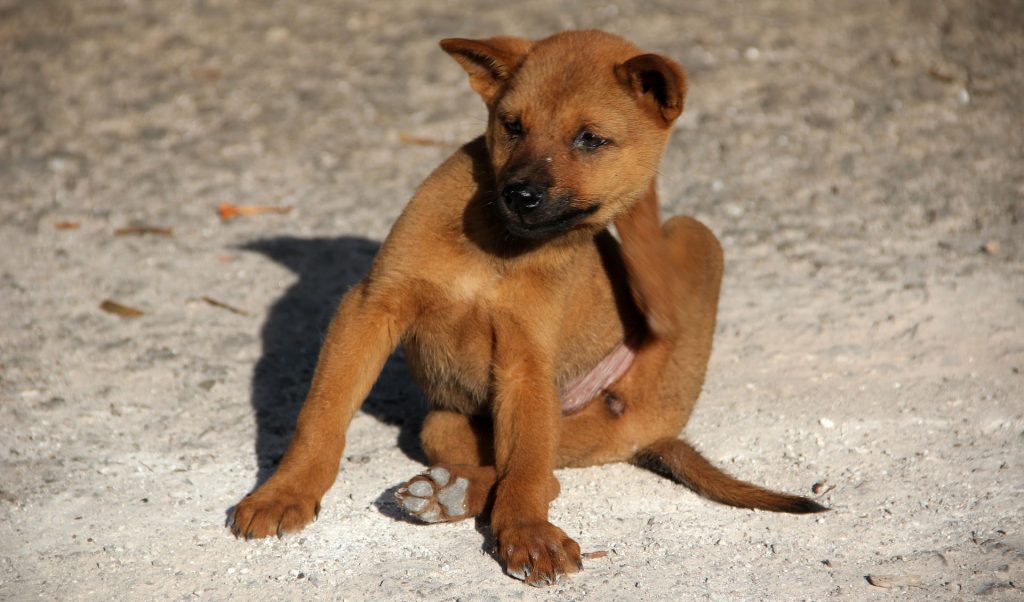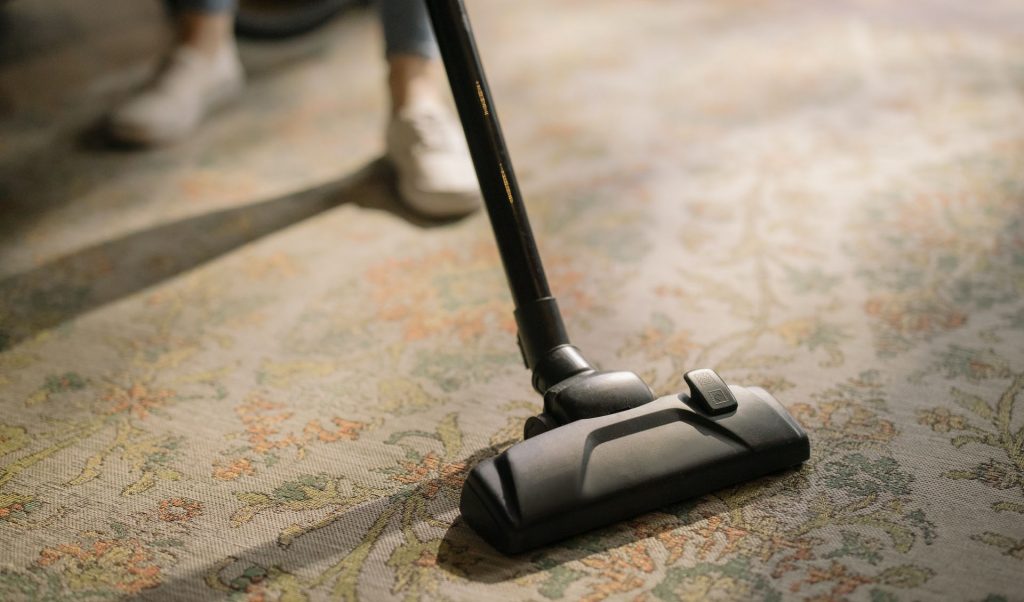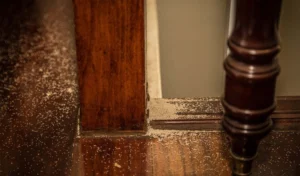As parasites, fleas are considered as one of our most hated household pests. A flea is small, but their group impact will not be that small. Sometimes, it’s quite possible that they’ve been around us for a long time without being noticed. Fortunately, they’re more likely to live with our pets than us. But if you’ve found them in your pets, there’s a good chance they’re already widely spread in your house or yard.
In terms of their reproductive characteristics, fleas have four life stages. It is necessary to understand these life stages of fleas in order to better avoid and deal with their impacts.

Stage 1: Egg
Fleas like to lay their eggs on animals. Mature female fleas only lay eggs within one to two months period. But in such a short period, a single female can lay up to 2,000 eggs in total. Flea eggs can be spread when pets move around carpets, beds, or other areas of the house.
Stage 2: Larvae
Flea larvae hatch from their eggs in 1-10 days after being laid. They don’t like places with sunlight. They prefer to stay in dark and damp places. They feed on organic debris. Flea larvae can be found in carpets, under door mats, under furniture, on beds and in dark corners of yards.
Stage 3: Cocoon
Like silkworms we know, flea larvae encase themselves in sticky cocoons. They usually stay there for a week or two. And by the time they come out again, they’re already adult fleas. The time required for a flea to come out of its cocoon and to be an adult flea is not fixed. They may also continue staying in their cocoons for weeks or even months if temperature condition is not OK or with no suitable host found.
Stage 4: Adult
An adult flea is what we usually see with our naked eyes. They tend to bite and suck blood as soon as they arrive on the host. But fleas don’t jump from one host to another, as many people may think. They certainly can’t fly either. They live on one host, sometimes for months, feeding on the host’s blood, breeding and laying eggs.
The life cycle of a flea is greatly influenced by its living environment. They like warm and humid conditions. Fleas can live for more than 20 days at optimal breeding temperature of 26-32 degrees Celsius and with humidity of 70%.

How do you know if your pet is infested with fleas?
One of the most obvious signs for a pet infested with fleas is its itchy skin. And pets will also have some abnormal behaviors. There will be more biting, scratching, and licking. Another sign is the loss of fur. If you look closely at their fur, there’s a good chance you’ll see flea dirt, which looks like pepper. You may also see fleas jumping and crawling over there. Also, if your dog is infected with fleas, they will sometimes show the symptom of a pale gum due to anemia caused exactly by flea infection. The presence of fleas also makes your pet show certain behavior changes like anxiousness or nervousness.

How to deal with fleas?
For fleas, we can deal with them in more than one way. We can choose to use a vacuum cleaner to clean the carpets, furniture and bedding. By doing this, we can remove many, even most of the fleas. But even so, its incompletion will still leave a hidden danger for future flea infestation. In addition, hot water washing will also kill some fleas. But just like a vacuum cleaner, it’s hard to get rid of all of them. If you find that your bed has been boarded with fleas for long and can’t be cleaned any more, I think you would prefer to replace it entirely.



